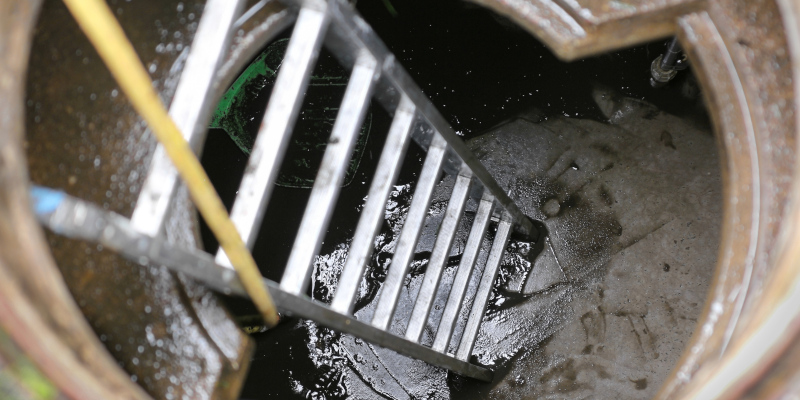While regular cleaning is crucial for grease trap upkeep, there’s an additional guideline that can help you optimize performance and prevent costly problems. The 25% rule, often recommended by pretreatment authorities, provides a simple yet effective way to maintain grease traps. In this blog, we’ll delve into this guideline, exploring how it can help you maintain a healthy and efficient grease trap system for your food service establishment.

What is the 25% Rule?
Grease traps are essential components in any commercial kitchen. They intercept fats, oils, and grease (FOG) from wastewater, preventing them from entering the sewer system and causing blockages. These traps allow FOG to rise to the top while water flows out the bottom.
The 25% rule suggests that when 25% of your grease trap’s total capacity is occupied by FOG, it’s time for a cleaning. This means that if your grease trap has a capacity of 100 gallons, you should schedule a cleaning when approximately 25 gallons are filled with FOG. Although the 25% rule may not be a legal requirement in most cases, many pretreatment authorities promote it as a valuable benchmark for proactive grease trap management.
When in Doubt, Clean it Out
If you cannot accurately estimate the FOG levels in your grease trap, you can still stick to regular cleanings, which are typically required every 1 to 3 months. Additionally, it’s highly recommended that you engage a professional to inspect and clean your grease trap.
A qualified grease trap service provider will not only handle cleaning and pumping but also ensure environmental compliance by properly disposing of the collected waste. They can manage the entire process from “cradle to grave”, ensuring responsible handling and disposal of FOG per local regulations.
If you’d like to learn more about best practices for maintaining grease traps, get in touch with our team at Marion Pumper today.


